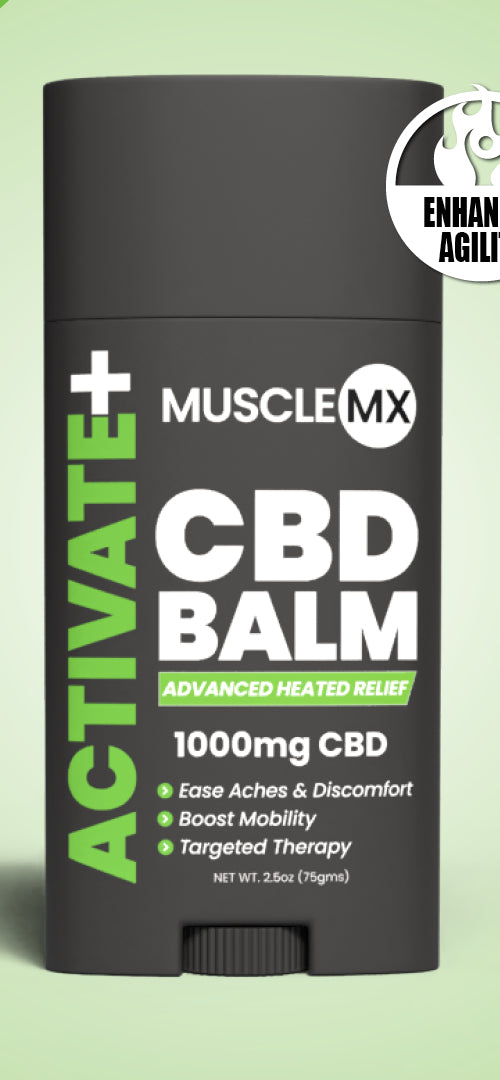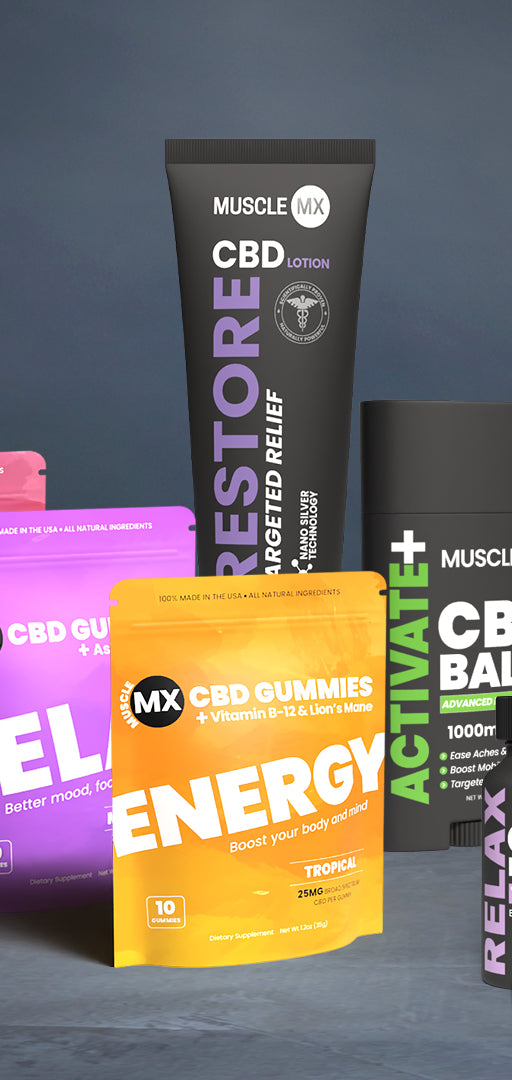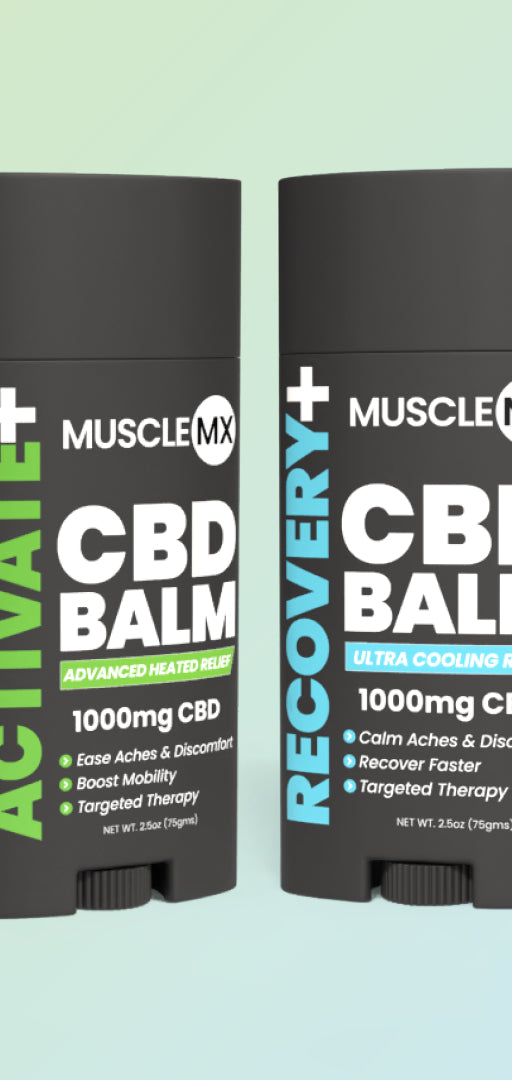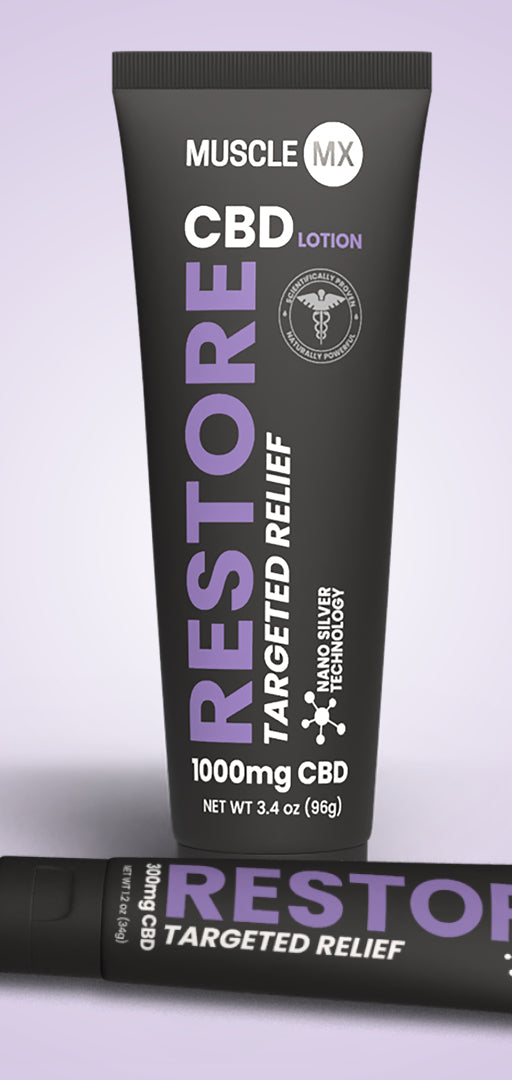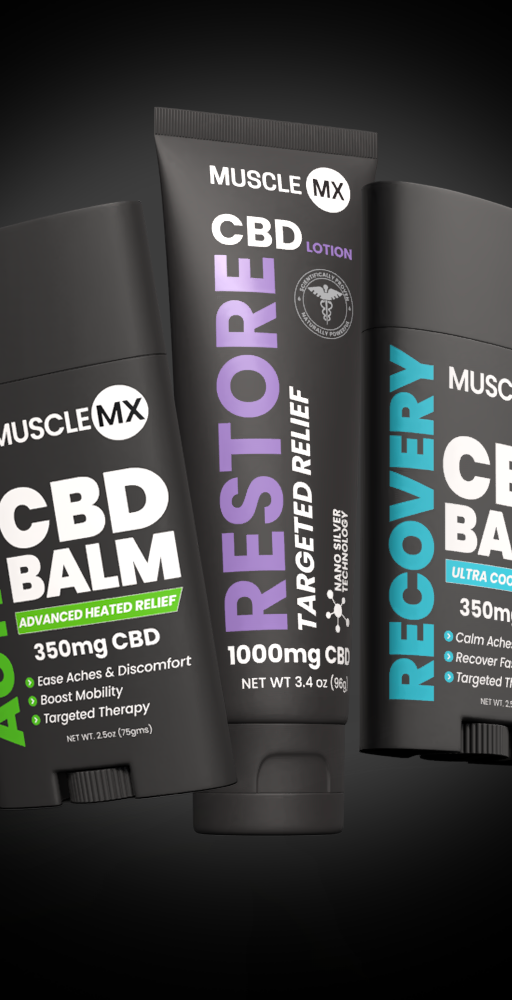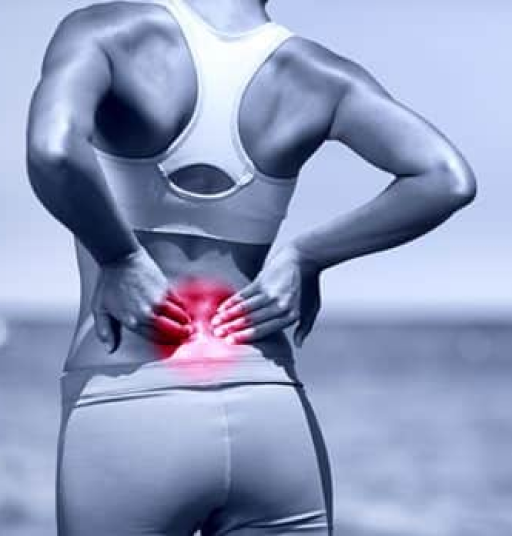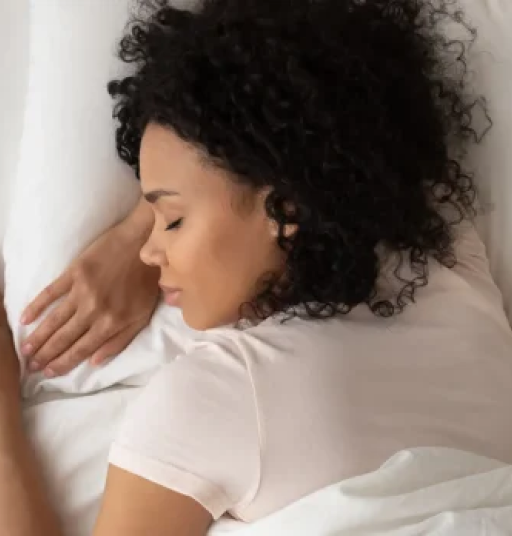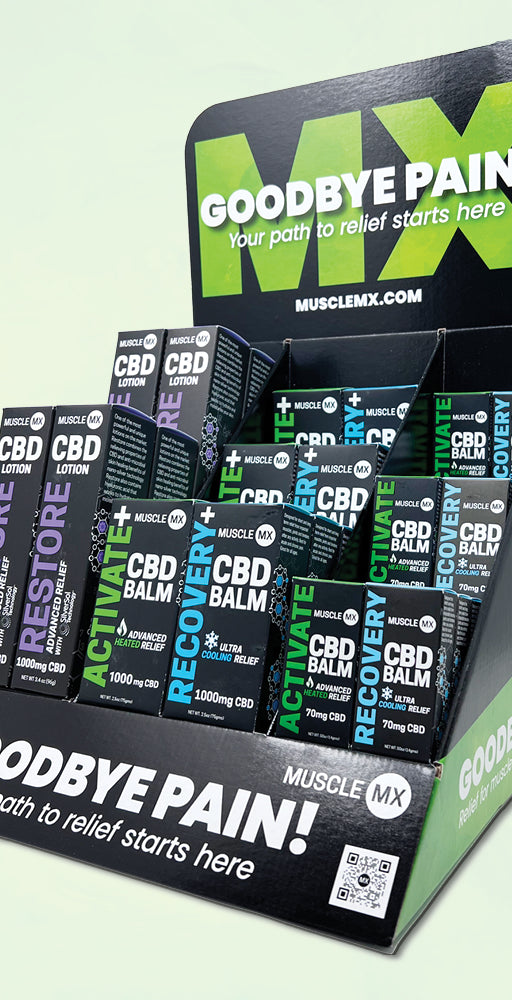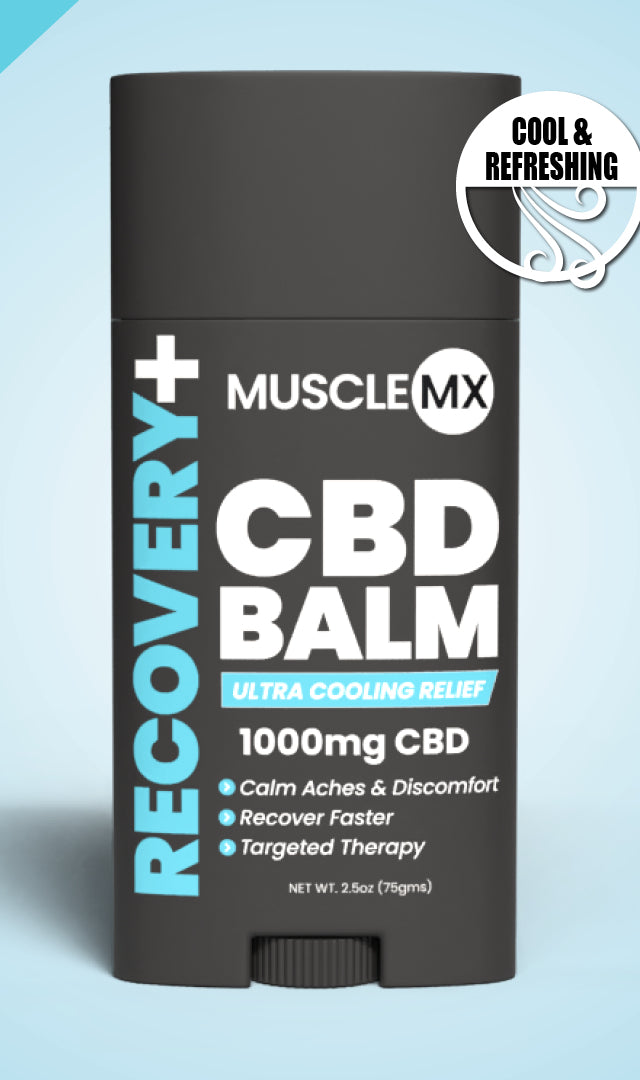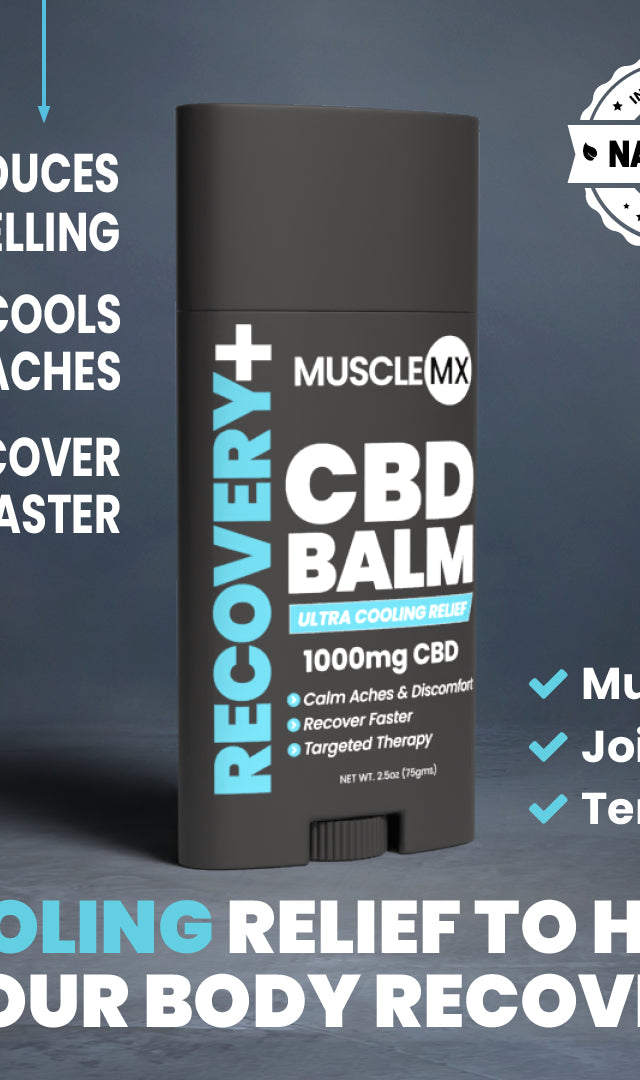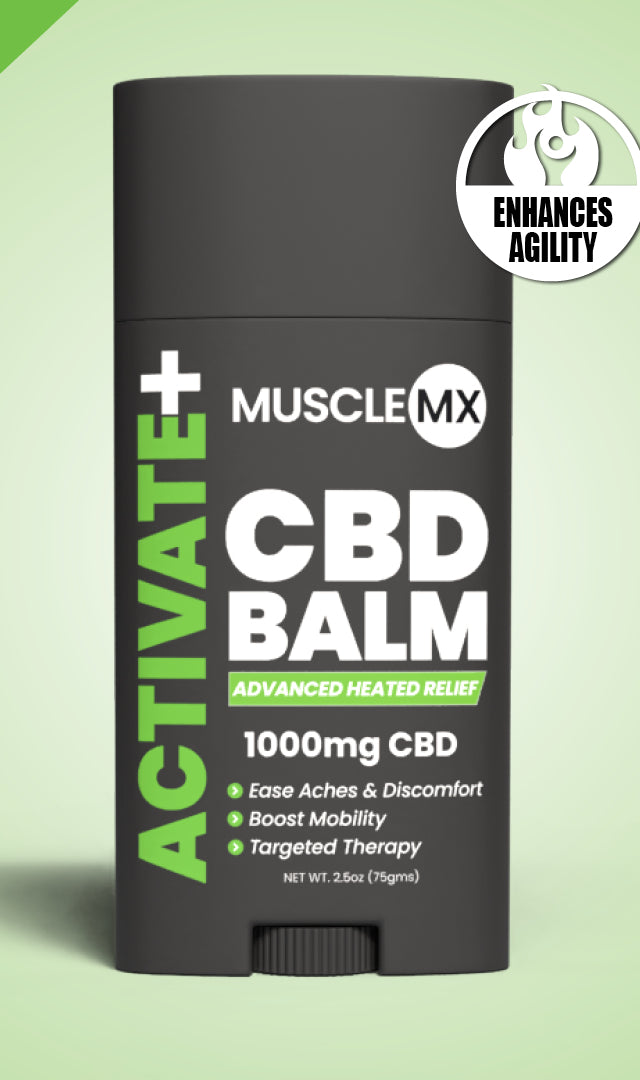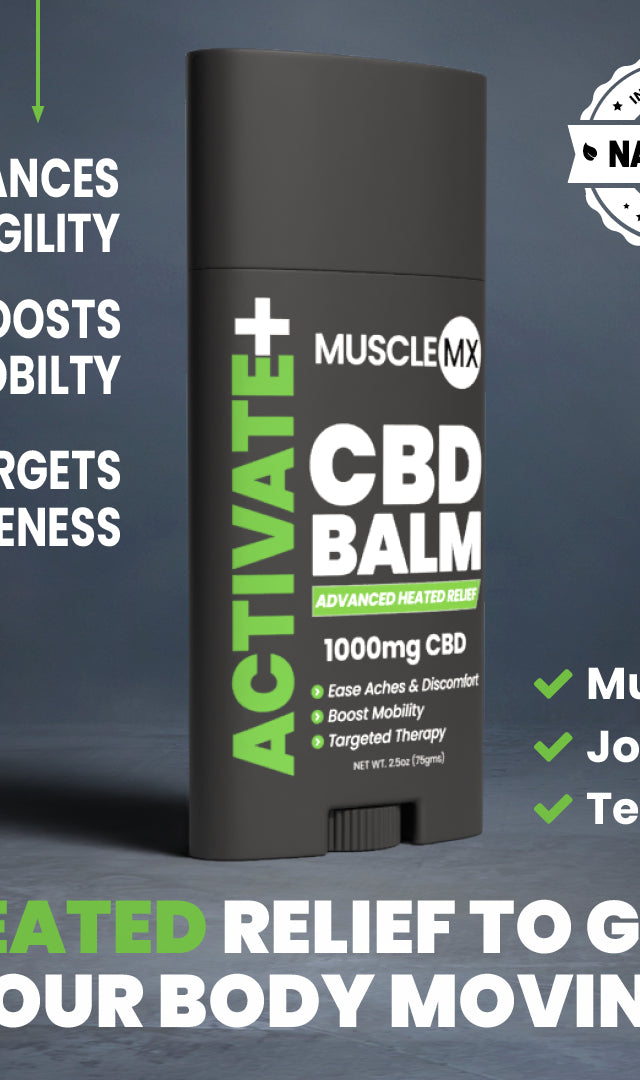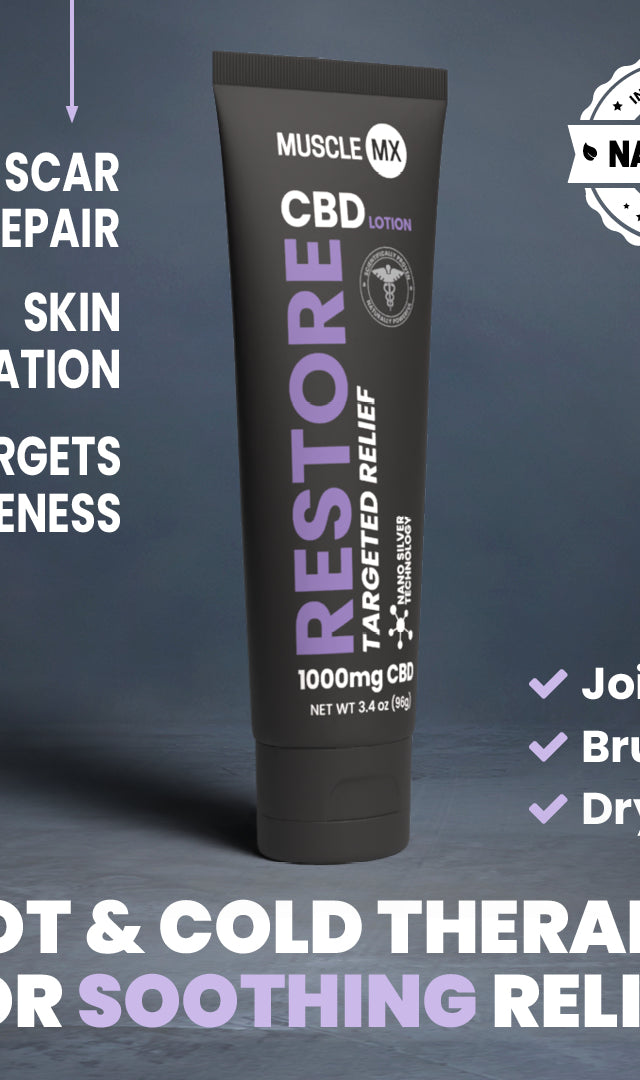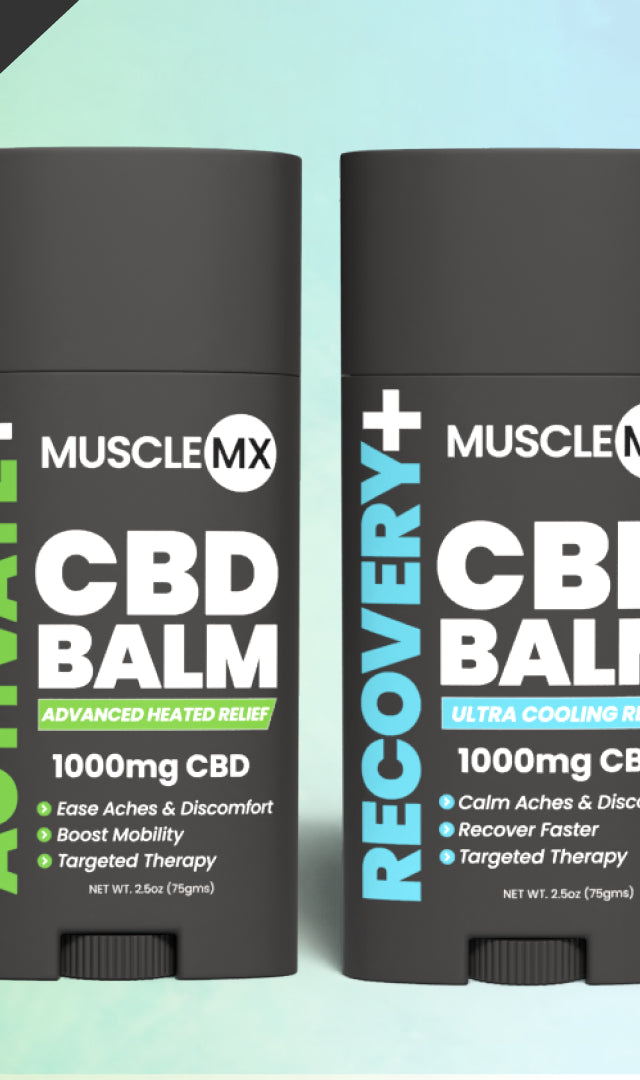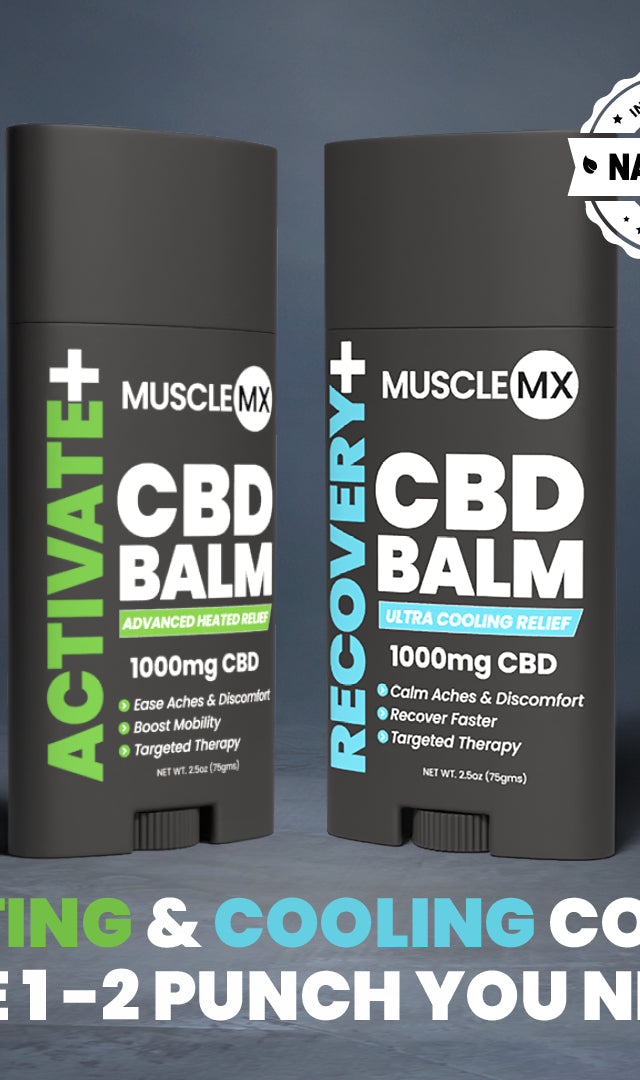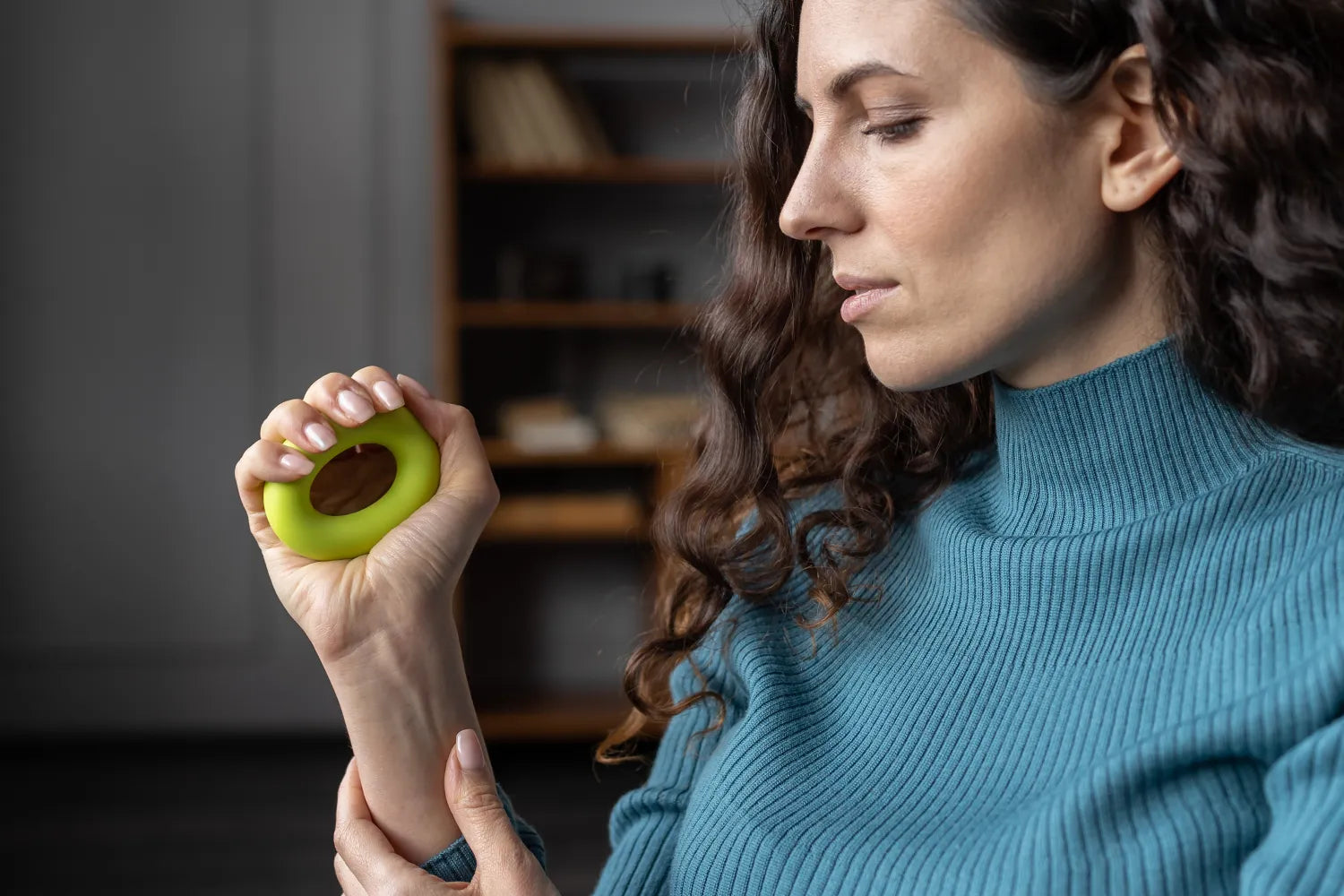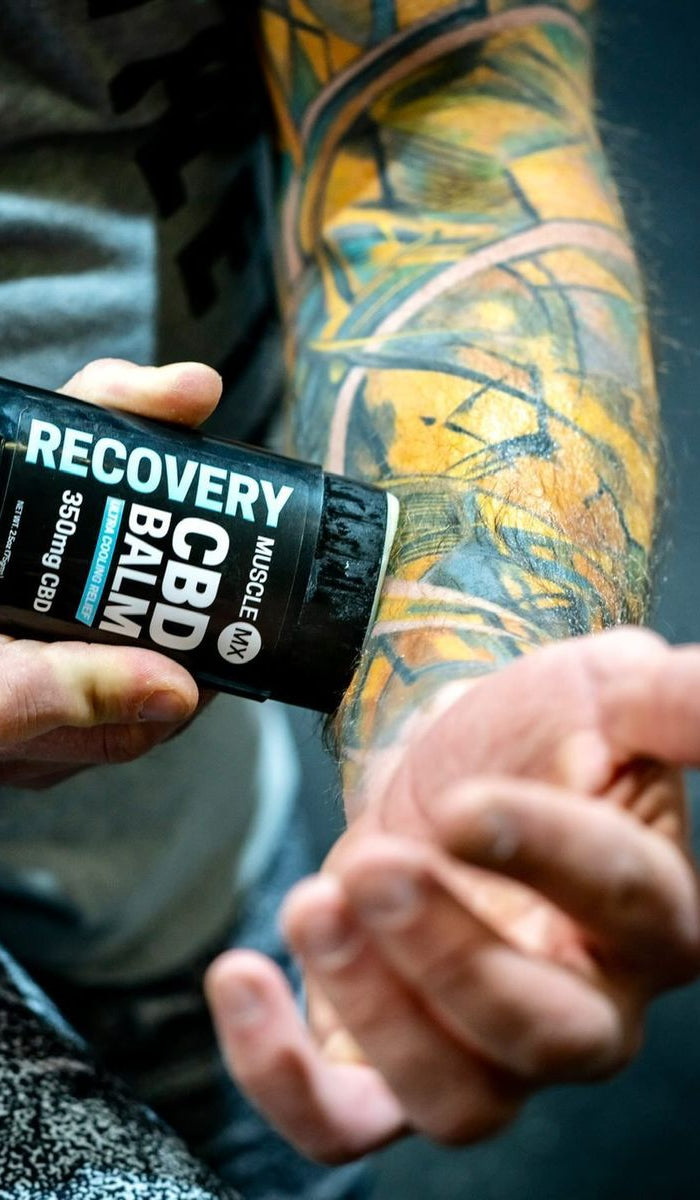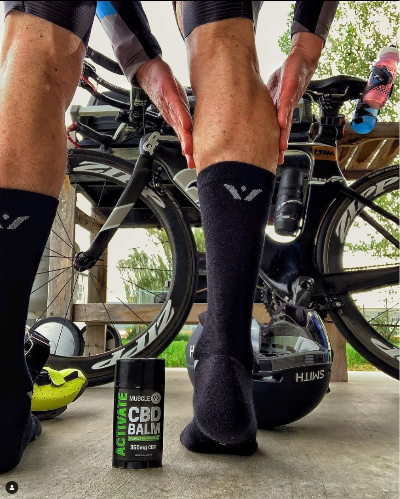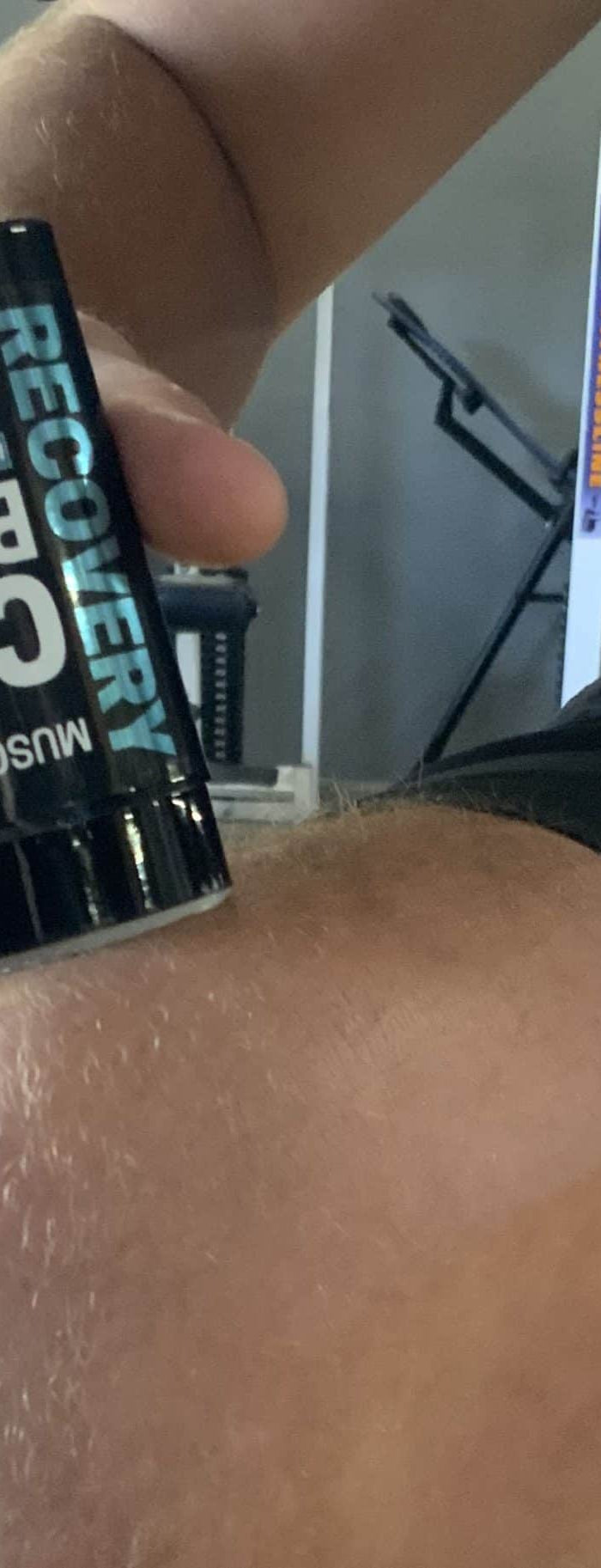Why Sharp Stabbing Pain in Knee Comes and Goes: Doctor Explains
Sharp stabbing knee pain — it's that sudden, piercing sensation that can stop you in your tracks. One moment you're walking normally, and the next, you're hit with an intense jolt that seems to come out of nowhere. If this sounds familiar, you're not alone.
This type of intermittent knee discomfort affects approximately 25% of adults who deal with frequent knee issues. It's more than just an occasional inconvenience — this unpredictable pain can make simple daily activities like climbing stairs, getting out of a chair, or even just bending your leg feel like major challenges.
What makes this particularly frustrating is how the pain appears and disappears without warning. You might experience stabbing sensations in your kneecap during certain movements, or sharp shooting pains even when you're at rest. The underlying causes can range from soft tissue injuries and cartilage damage to nerve irritation, making it difficult to pinpoint exactly what's happening.
Remember, joint conditions like rheumatoid arthritis and osteoarthritis affect around 40% of people in Singapore, contributing significantly to knee pain patterns. Whether your discomfort strikes during specific activities or seems to have a mind of its own, understanding the root cause is the first step toward finding relief.
Let's explore the various reasons why your knee might be sending these sharp pain signals, when you should be concerned, and what relief options are available — from simple home remedies like the RICE method to professional treatments that can help you get back to your daily activities without that unwelcome stabbing sensation.
What Does Sharp Stabbing Knee Pain Feel Like?
Sharp stabbing knee pain is unlike any other type of discomfort you might experience. When it strikes, people often describe it as intense and piercing — the kind of sensation that can stop you mid-step and demand your immediate attention. This distinctive feeling stands apart from other forms of knee discomfort and tells us something important about what's happening inside your joint.
When Pain Comes and Goes Suddenly
The unpredictable nature of this type of knee pain can be one of the most frustrating aspects. You might be going about your day feeling perfectly fine, then suddenly experience an intense, knife-like sensation that seems to come from nowhere. This on-and-off pattern often points to specific underlying issues that deserve attention.
Cartilage tears frequently create this type of intermittent discomfort. Your knee might hurt sharply during certain movements but feel relatively normal afterward — this could indicate a meniscus tear might be responsible. Knee pain that changes intensity throughout the day might signal arthritis flare-ups, which can produce both dull throbbing and those sudden sharp stabbing sensations.
Certain activities tend to trigger these painful episodes consistently. The discomfort typically becomes more noticeable when you're:
- Bending your knees to squat or climb stairs
- Sitting with your knees bent for extended periods
- Changing activity surfaces or increasing exercise intensity
Understanding Stabbing vs. Dull Pain
Different types of pain sensations can help you and your healthcare provider identify what might be causing your discomfort. Sharp, stabbing pain is generally intense and focused in a specific area. This type of sensation often suggests issues with ligaments or cartilage.
Dull, aching pain tends to be more persistent and spreads across a wider area. Mechanical pain — whether sharp or aching — typically results from weight-bearing activities and joint movements like climbing stairs or squatting. This discomfort usually gets worse when you put more strain on your knee joint but improves after brief rest periods.
Inflammatory pain feels different — it's often described as burning and comes with swelling and warmth around the joint. Nerve-related issues can cause shooting or burning sensations, especially when your knee is at rest.
Where You Feel the Pain Matters
The exact location of your knee pain provides valuable clues about what might be causing it. Pain in the front of your knee often stems from patellofemoral issues — sometimes called "runner's knee" — affecting the area where your kneecap meets your thighbone. This type of discomfort typically gets worse during activities like running, squatting, or climbing stairs.
Pain on the inner side of your knee usually results from cartilage breakdown due to injuries. Issues like meniscus tears can cause sharp pain along the knee joint line, either on the inner or outer side.
Pain on the outer side may indicate iliotibial band syndrome, particularly if you experience discomfort from repeatedly bending and straightening your knee. Patellofemoral pain syndrome typically produces a dull ache at the front of your knee or on the sides near your kneecap, though it can feel sharp or stabbing during specific activities.
Pain behind your knee could indicate conditions like patellar tendinitis, hamstring tendinitis, or meniscus injuries. The intensity of this discomfort varies depending on what's causing it.
Understanding these distinctive patterns and locations helps determine the right treatment approach and whether you should seek immediate medical attention.
Soft Tissue Injuries That Cause Stabbing Knee Pain
"Knee pain may be the result of an injury, such as a ruptured ligament or torn cartilage." — Dr. Edward R. Laskowski, Mayo Clinic Sports Medicine Specialist
Soft tissue injuries are often the culprits behind that sharp, stabbing knee pain that seems to appear and disappear without warning. These injuries affect the muscles, tendons, cartilage, and other structures around your knee joint — not the bones themselves — but they can be just as debilitating.
Meniscus Tears and Floating Cartilage
The meniscus is a C-shaped pad of cartilage that acts like a shock absorber between your thighbone and shinbone. When this crucial piece of your knee's architecture gets torn, meniscus tears frequently cause intermittent sharp knee pain. You'll often hear or feel something "pop" in your knee when the injury happens.
Pain from a meniscus tear typically shows up along the knee joint line, either on the inner or outer side. Small tears might not hurt much initially, with swelling creeping in over a day or two. Moderate tears create more noticeable pain on the side or center of your knee, though you can usually still walk around.
Larger tears are a different story entirely. They cause immediate swelling and stiffness, and the torn pieces can actually float around in your joint space. This creates a unique set of problems: your knee might catch or lock up, you'll have trouble fully bending or straightening it, and that sharp pain gets worse when you twist or squat.
Loose bodies — small fragments of articular cartilage that break off in the knee — work similarly. These pieces of floating debris get trapped in certain positions, causing pain that's unpredictable and often followed by swelling. The catching sensation and sudden sharp pain are telltale signs of this condition.
Bursitis and Inflamed Fluid Sacs
Your knee has several small, jelly-filled sacs called bursae that help reduce friction between bones and soft tissues during movement. When these become inflamed, you're dealing with knee bursitis. Two areas are particularly prone to this issue: the kneecap area and the lower, inner side of your knee.
The prepatellar bursa sits right in front of your kneecap and commonly becomes inflamed in people who spend a lot of time kneeling on hard surfaces. This condition has earned some colorful nicknames like "housemaid's knee" or "carpenter's knee". You'll notice tenderness, swelling, and warmth around the affected area.
Bursitis pain can worsen with movement, but it doesn't always need activity to flare up. If the area becomes infected, it'll often look red and feel warm to the touch. Pain from friction and irritation typically builds up gradually, while traumatic bursitis hits you quickly.
Tendonitis and Overuse Injuries
Patellar tendonitis, commonly called jumper's knee, affects the tendon that connects your kneecap to your shinbone. While it's most common in athletes who do a lot of jumping — basketball and volleyball players, for instance — anyone can develop this condition.
This injury develops when repetitive stress creates tiny tears in the tendon. Your body tries to repair these tears, but continued stress leads to inflammation and weakening. When this damage continues for more than a few weeks, it becomes tendinopathy.
Two main patterns usually lead to tendon damage: suddenly ramping up physical activity without proper preparation, or not getting enough rest between intense training sessions. The pain shows up below your kneecap and can range from minor discomfort to severe pain, depending on how advanced the condition is.
At first, you might only feel pain during activity. Without proper rest, though, it gets progressively worse until you're feeling discomfort before, during, and after physical activity. Once you reach this advanced stage, continuing to push through the pain risks permanent tendon damage and significantly extends your recovery time.
Most overuse injuries happen when repetitive stress exceeds what your tissues can handle. While each individual stress might not be enough to cause an acute injury, the cumulative effect damages muscles, tendons, cartilage, or bone — especially common in physically demanding jobs and athletic activities.
"One common culprit is arthritis, particularly osteoarthritis." — Dr. David Geier, Orthopedic Surgeon and Sports Medicine Specialist
**Bone and Joint Issues Behind Sharp Knee Pain**
Sometimes the source of your stabbing knee pain runs deeper than soft tissue problems. Bone and joint issues can create those unpredictable episodes of sharp pain that seem to have a mind of their own. These structural problems often develop gradually but can significantly impact your daily mobility and overall quality of life.
Fractures and Bone Trauma
Knee fractures account for approximately 1% of all skeletal injuries, but when they occur, they can create intense, piercing pain that changes with movement. Your patella (kneecap) is particularly vulnerable — it bears up to seven times your body weight when you're climbing stairs or squatting.
Patella fractures typically happen from direct impacts like falls onto concrete, sports injuries, or vehicle accidents. Even small hairline fractures can produce sharp, intermittent pain that gets worse with movement. Displaced fractures, where bone pieces shift out of their normal position, create more severe and unstable pain patterns.
Watch for these common symptoms:
- Intense pain around the kneecap
- Swelling and bruising
- Inability to straighten or bend the knee
- Difficulty walking or bearing weight
Unfortunately, traumatic fractures can eventually lead to post-traumatic arthritis as the protective cartilage breaks down. Up to 50% of patients report some degree of arthritis approximately eight years after a knee fracture.
Loose Bodies in the Joint
Picture small fragments of cartilage or bone breaking off and floating freely within your knee joint fluid. These loose bodies, ranging from a few millimeters to several centimeters in size, create a distinctive pain pattern as they move around and occasionally get caught during knee movement.
Many patients describe feeling "something moving in the knee" along with sudden sharp pain and locking sensations when the fragment becomes trapped between joint surfaces. This mechanical interference causes knee buckling, catching, or complete locking.
Loose bodies primarily develop from direct trauma, degenerative conditions like osteoarthritis, or inflammatory conditions. The frustrating part is that symptoms tend to come back until the fragments are removed.
Osteoarthritis and Joint Degeneration
Osteoarthritis — the most common type of arthritis — slowly destroys the protective cartilage that cushions your knee joint. As this deterioration progresses, bone rubs against bone, creating friction, inflammation, and bone spurs.
The sharp stabbing pain in your kneecap comes and goes primarily in moderate to severe stages as bone spurs become painfully irritated during movement. Twisting or bending motions place pressure on these bony projections, causing acute, knife-like sensations.
Pain patterns typically develop through distinct stages:
- Stage 1: Minor cartilage wear with minimal symptoms
- Stage 2: Mild pain and stiffness, primarily after inactivity
- Stage 3: Significant pain during activities like walking or kneeling
- Stage 4: Severe pain before, during, and after movement
Other telling symptoms include grinding sensations, joint stiffness (especially after sitting), and progressively worsening stability. What begins as occasional sharp pain can develop into more persistent discomfort as the condition advances.
Understanding these bone and joint issues is important for getting the right treatment and preventing further damage to your knee.
What About Nerve-Related Causes of Shooting Knee Pain?
Have you ever experienced that sharp stabbing knee pain when there's no obvious injury or swelling? This puzzling situation often points to your nervous system. Approximately 25% of all nerve pain occurs in the knees, creating sensations that feel quite different from the mechanical issues we've discussed.
When Your Back Affects Your Knee
Here's something that might surprise you — your knee pain could actually be coming from your lower back. The nerves that send sensation signals to your knees branch out from the second, third, and fourth lumbar levels in your spine. When the disks between these vertebrae start to degenerate or bulge outward, they can press on these nerves and create what's called referred pain.
This explains why you might feel stabbing knee pain even when your knee joint itself is perfectly healthy. If a bulging disk, bone spur, or arthritic changes compress a nerve at the L2-L3 or L3-L4 level, that pain signal gets sent straight to your knee. You'll often notice other symptoms alongside the knee pain:
• Numbness or tingling sensations in your thigh • Weakness in your hip or quadriceps muscles
• Pain that follows specific nerve pathways
Inflammation That Irritates Nerves
Nerve fibers around your knee can become incredibly sensitive when inflammation is present. Even without direct pressure on the nerve, these fibers react to inflammatory substances that get released during injury or disease processes. This chemical irritation can create intense, stabbing sensations that seem to come out of nowhere.
The peroneal nerve — a branch of your sciatic nerve that runs behind your knee — is particularly susceptible to this type of irritation. When inflamed, it produces pain on the outside of your knee that can radiate all the way down to your little toe, along your shin, and into your ankle. Sometimes, previous knee surgeries can leave superficial sensory nerves irritated from pressure, braces, or surgical incisions.
The Mystery of Rest-Time Pain
Nerve pain has some distinctive characteristics that set it apart from mechanical knee problems. If you're experiencing sudden, intense shooting pain while your knee is at rest, nerve irritation is often the culprit. This type of discomfort frequently feels like burning, tingling, electrical shocks, or that familiar pins-and-needles sensation.
Interestingly, nerve-related symptoms often worsen at night. While mechanical pain typically improves when you rest your knee, nerve pain can actually continue or even intensify during periods of inactivity. When you feel pain like a dagger stabbing into your knee or burning sensations without any movement or activity, nerve irritation becomes the most likely explanation.
Understanding these nerve-related causes is important because they require different treatment approaches than the soft tissue and bone issues we explored earlier.
What Activities Trigger Your Sharp Knee Pain?
Have you noticed that your knee feels perfectly fine until you try to climb stairs or get up from a chair? Movement-related knee pain often acts like a detective's clue, revealing underlying conditions that might otherwise stay hidden. Certain activities consistently trigger that familiar sharp stabbing sensation, providing valuable insights into what's actually happening inside your knee joint.
Stair Climbing and Squatting: The Ultimate Knee Test
Stairs can feel like your knee's worst enemy, and there's a good reason for that. Each step you climb places anywhere from three to six times your body weight directly onto your knee joint. Think about it — if you weigh 150 pounds, your knee might be handling up to 900 pounds of pressure with every step upward.
This explains why your knee might feel completely normal on flat ground but suddenly send sharp pain signals when you encounter stairs. Chondromalacia patella, commonly known as runner's knee, typically causes this type of stair-specific discomfort. The condition develops when the cartilage under your kneecap softens and wears away, creating pain primarily when your knee bends deeply.
Activities that force your kneecap to slide extensively over your thigh bone — like stair climbing, squatting, or kneeling — tend to trigger that characteristic stabbing sensation you've come to recognize.
Twisting, Running, and Sudden Direction Changes
Quick movements can push your knee structures beyond their normal limits. ACL injuries frequently happen during sudden stops, rapid direction changes, or awkward landings. Meanwhile, meniscus tears often result from twisting movements, creating pain that tends to worsen gradually over the 24 to 48 hours following the activity.
Runner's knee presents its own unique pattern — it typically starts as a dull ache that transforms into sharp pain during running, squatting, or bending movements. This overuse injury usually develops slowly as repetitive impact places stress on your knee joint.
Sharp Front Knee Pain During Specific Activities
Patellofemoral pain syndrome creates a distinctive pattern that many people find puzzling — dull aching that suddenly transforms into sharp, stabbing sensations during certain activities. This condition affects the area where your kneecap meets your thigh bone, and it has its favorite triggers:
- Running or jumping
- Squatting or kneeling
- Standing after sitting for long periods
Jumper's knee, also known as patellar tendonitis, is another common cause of front knee pain. What makes this condition particularly tricky is how it progresses — initially, you might only feel pain during activity, but it gradually worsens until discomfort persists before, during, and after exercise. Without proper treatment, this overuse injury can lead to permanent tendon damage, significantly extending your recovery time.
Understanding these movement patterns can help you identify what might be causing your knee pain and guide you toward the most effective treatment approach.
When Should You Seek Medical Attention for Knee Pain?
Sharp stabbing knee pain can be more than just an inconvenience — it's your body's way of telling you that something needs attention. While many cases can be managed at home, there are times when professional guidance becomes essential.
You should reach out to a healthcare professional if your knee pain includes any of these warning signs:
- Pain that persists beyond a few days despite rest and home care
- Significant swelling, redness, or warmth around the joint
- Inability to bear weight on the affected leg
- Visible deformity or instability in the knee
- Fever accompanying your knee discomfort
Remember, the intermittent nature of stabbing knee pain can make it tempting to ignore when it subsides. However, that on-and-off pattern often provides valuable clues about what's happening in your knee joint.
Final thoughts
Understanding the causes behind your sharp stabbing knee pain is the first step toward finding effective relief. Whether your discomfort stems from soft tissue issues like meniscus tears, bone and joint problems such as arthritis, or nerve-related concerns, identifying the root cause helps determine the most appropriate treatment approach.
Many knee conditions respond well to conservative treatments initially. The RICE method can provide effective first-line relief for acute injuries, while other conditions may benefit from physical therapy or targeted exercises. However, proper diagnosis remains important to ensure you're addressing the underlying issue rather than just masking symptoms.
Your knees support virtually every movement you make throughout the day. Taking proactive steps when pain appears — rather than hoping it will just go away — helps maintain your mobility and prevents minor issues from developing into more significant problems.
If you're dealing with persistent knee discomfort, don't hesitate to seek professional guidance. Your healthcare provider can help determine the exact cause of your symptoms and develop a treatment plan that gets you back to your daily activities without that unwelcome stabbing sensation. After all, you deserve to move through your day comfortably and confidently.
FAQs
Q1. What are the common causes of sharp stabbing knee pain that comes and goes? Sharp stabbing knee pain that comes and goes can be caused by various factors, including meniscus tears, cartilage damage, bursitis, tendonitis, osteoarthritis, and nerve irritation. The specific cause often depends on the location of the pain and the activities that trigger it.
Q2. How can I differentiate between different types of knee pain? Different types of knee pain have distinct characteristics. Sharp, stabbing pain often indicates ligament or cartilage injury, while dull, aching pain may suggest mechanical issues. Burning sensations with swelling could point to inflammation, and shooting pains at rest might be nerve-related.
Q3. When should I seek medical attention for my knee pain? You should consult a healthcare professional if your knee pain persists for several days despite rest, is accompanied by significant swelling or redness, prevents you from bearing weight, causes visible deformity or instability, or is accompanied by fever.
Q4. Can activities like climbing stairs or squatting trigger knee pain? Yes, activities like climbing stairs or squatting can trigger knee pain, especially if you have conditions such as chondromalacia patella (runner's knee) or patellofemoral pain syndrome. These activities put increased pressure on the knee joint, potentially causing sharp pain in susceptible individuals.
Q5. What is the RICE method, and how can it help with knee pain? The RICE method stands for Rest, Ice, Compression, and Elevation. It's a widely recommended first-line treatment for many acute knee injuries. This approach can help reduce pain and swelling, promote healing, and provide temporary relief while you seek proper diagnosis and treatment for the underlying cause of your knee pain.
References
[1] - https://phoenixrehabgroup.com/articles/knee-pain-treatment/sharp-knee-pain/
[2] - https://arthritiskneepain.com/wellness-blog/sharp-stabbing-pain-in-knee-comes-and-goes/
[3] - https://my.clevelandclinic.org/health/diseases/17914-patellofemoral-pain-syndrome-pfps
[4] - https://www.hss.edu/health-library/conditions-and-treatments/list/knee-pain-causes-conditions-treatments
[5] - https://www.arthritis-health.com/types/general/knee-pain-and-arthritis
[6] - https://www.healthline.com/health/knee-pain-location-chart
[7] - https://my.clevelandclinic.org/health/diseases/17219-torn-meniscus
[8] - https://stanfordhealthcare.org/medical-conditions/bones-joints-and-muscles/meniscus-tear/symptoms.html
[9] - https://jameslubowitzmd.com/loose-bodies/
[10] - https://www.beaumont.org/conditions/bursitis-of-the-knee
[11] - https://www.jeremyburnhammd.com/knee-bursitis-causes-symptoms-treatment/
[12] - https://www.mayoclinic.org/diseases-conditions/knee-bursitis/diagnosis-treatment/drc-20355506
[13] - https://www.mayoclinic.org/diseases-conditions/patellar-tendinitis/symptoms-causes/syc-20376113
